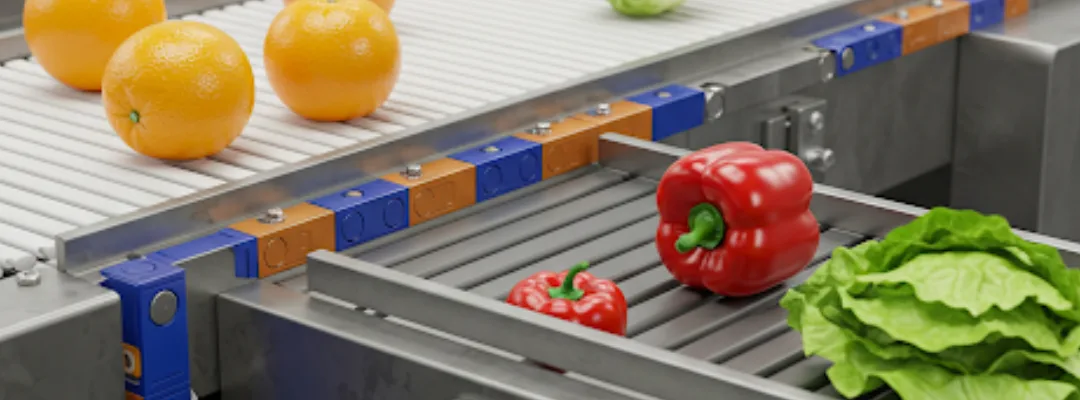Synergy Automatics specialize in designing and manufacturing precision-engineered magnetic conveyors for food, pharmaceutical, and packaging industries. As these sectors demand cleaner, faster, and more reliable product handling solutions, magnetic conveyors are emerging as a must-have technology for modern manufacturing lines.
Whether you’re a production manager looking to reduce downtime or a facility planner optimizing space and hygiene, this guide explores how magnetic conveyors are solving real-world challenges in high-speed, regulated environments.
1. Secure, Precise Handling of Metal Packaging
In both food and pharmaceutical production, packaging often involves metallic components—think cans, tins, or metal bottle caps. Magnetic conveyors allow these components to be transported with precision.
Key Benefits:
- Prevents tipping and spillage, especially on inclines or high-speed lines.
- Maintains correct orientation during transfer to downstream equipment like fillers, cappers, and labelers.
- Minimizes product loss and reduces line disruptions.
Example: A beverage manufacturer reduced cap misalignment by 35% after implementing magnetic transfer rails on its bottling line.
2. Hygiene-First Design for Regulated Industries
Cleanability is non-negotiable in GMP-regulated sectors. Magnetic conveyors are designed with this in mind:
- Stainless steel frames (typically 304 or 316 grade) for corrosion resistance and sanitization.
- Minimal mechanical touchpoints, reducing crevices where bacteria can accumulate.
- Options for open-frame or enclosed systems, depending on facility layout and washdown requirements.
Why it matters: Systems that meet FDA and USDA compliance reduce contamination risk for sensitive products—from powdered infant formula to injectable medications.
3. Vertical, Overhead & Tight-Turn Transport
Floor space is at a premium. Magnetic conveyors can help:
- Move vertically or along ceilings with magnetic inclines.
- Navigate tight curves or turns with custom rail designs and side belts.
- Create multi-level systems without sacrificing container stability.
Case Insight: A pharmaceutical packaging plant in New Jersey increased usable floor space by 22% after integrating overhead magnetic loops.
4. Throughput Without the Downtime
Magnetic grip reduces the small issues that cause big delays:
- No jamming from container slippage.
- Reduced need for manual realignment.
- Enhanced line reliability at high speeds.
Operational win: One plant reported a 12% increase in OEE (Overall Equipment Effectiveness) after transitioning from traditional friction conveyors.
5. Built-In Compatibility with Automation & QC
Magnetic systems can easily integrate with:
- Metal detectors and vision systems for in-line quality assurance.
- Checkweighers to verify fill accuracy.
- Clean-in-place (CIP) systems for automated sanitization.
Pro tip: Ensure your conveyor vendor offers support for data integration via OPC-UA or MQTT if you’re aiming for Industry 4.0 compliance.
6. Lower Maintenance, Higher Uptime
- Permanent magnet-based systems don’t require power to maintain grip.
- Fewer moving parts = fewer failures.
- Routine maintenance is focused on belts, bearings, and motor drives.
ROI Insight: Over a 5-year lifecycle, magnetic conveyors showed 18% lower maintenance costs compared to mechanical clamp systems.
7. Future-Proof with Smart Tech & Modular Design
- The future of material handling is smart and adaptive.
Emerging Features:
- IIoT-ready sensors for speed, vibration, and belt condition.
- Modular magnetic rails for rapid reconfiguration.
- New magnet compounds that maintain strength at high heat or in caustic washdown zones.
Why it matters: These upgrades help meet demand surges without a full system overhaul—essential for agile manufacturers.

